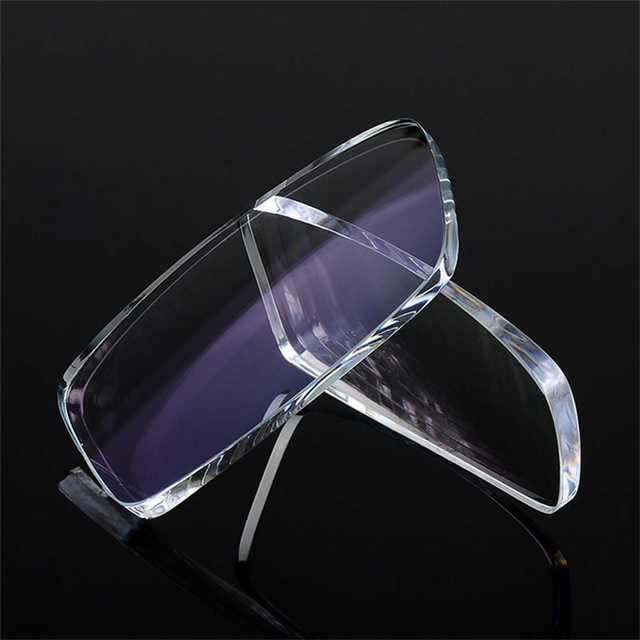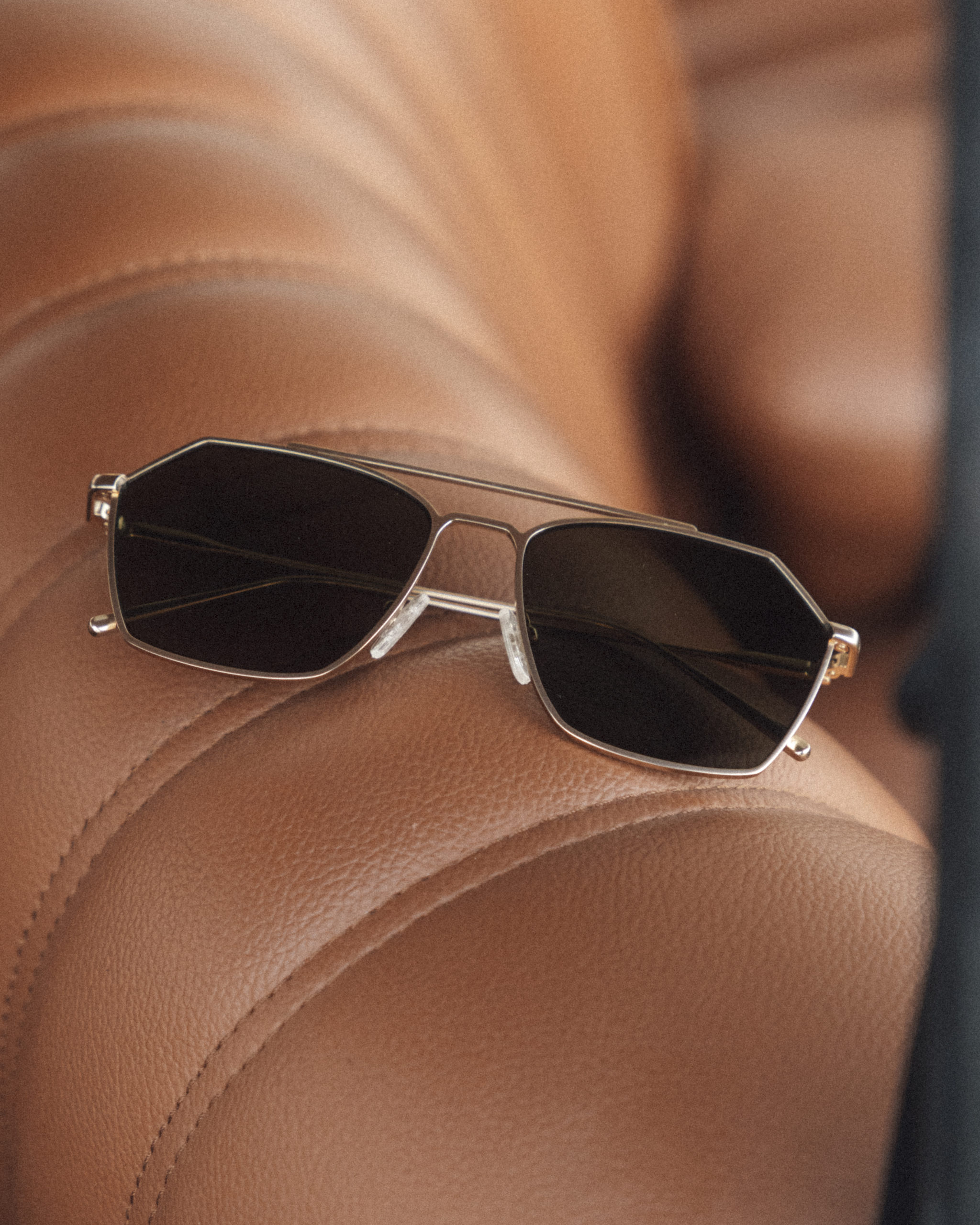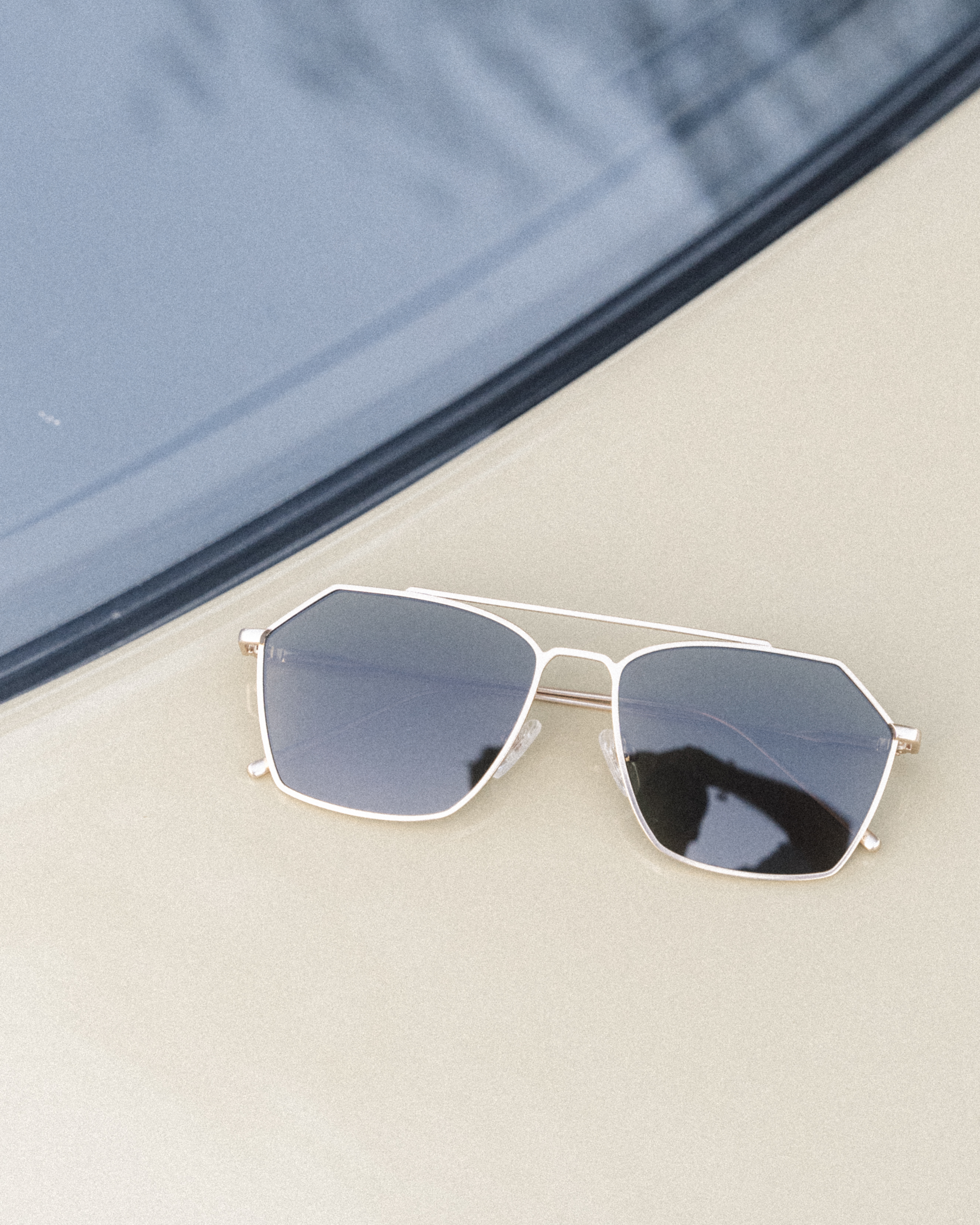Crystal Clear Vision: A Guide to the Various Types of Lenses for Glasses
Wearing glasses isn’t just about fixing your vision. It’s not just about lenses; it’s about transforming your lifestyle, unlocking the power of crystal-clear vision, and safeguarding your precious eyes. The decision you make regarding your prescription glasses lenses is of utmost importance. With countless options at your fingertips, it’s vital to immerse yourself in the realm of lens types, materials, and coatings. Brace yourself as this enlightening article delves deep into the world of eyeglass lenses, unraveling their incredible capabilities and composition and arming you with expert advice to uncover your perfect match.
 Close-up of lenses of eyeglasses (EYE00439-3)
Close-up of lenses of eyeglasses (EYE00439-3)
Understanding Eyeglass Lenses
Eyeglass lenses are cool little tools that help fix eye problems and make things look clear. Specific glasses fix regular eye issues like being nearsighted, farsighted, or having astigmatism. These glasses change the way light goes into your eyes so that pictures can be focused properly on your retinas and make your vision better.
Different Types of Lenses for Glasses
Single Vision Lenses
Single vision lenses are the go-to option for folks dealing with just one vision problem, like being nearsighted or farsighted. These lenses boast a uniform prescription throughout, providing clear vision at a specific focal length. They are ideal for those who require correction for either near or distant vision, offering uncomplicated and straightforward visual clarity tailored to their unique needs.
Bifocal Lenses
Bifocal lenses represent a sophisticated solution for individuals dealing with both near and far vision problems. These lenses feature two distinct segments: the upper segment caters to distance vision, while the lower segment serves near vision needs. By combining these two prescriptions into a single lens, bifocals eliminate the hassle of switching between multiple pairs of glasses, offering convenient and seamless vision correction for both distant landscapes and nearby reading materials.
Trifocal Lenses
Trifocal lenses take multifocality to the next level, providing correction for three distinct vision zones: near, intermediate, and distant. With a trifocal lens, individuals with presbyopia can tackle tasks at varying distances without the need for constant adjustments. The top segment handles distance vision, the middle part focuses on intermediate tasks like computer use, while the lower section caters to reading needs. This well-rounded solution ensures clarity and comfort throughout the day.
Progressive Lenses
Progressive lenses, also referred to as no-line bifocals, are an innovative marvel, offering a seamless and gradual transition from distance to near vision without the noticeable lines found in traditional bifocals. These advanced lenses cater to multifocal correction needs while providing a more natural visual experience. With progressive lenses, wearers enjoy smooth, uninterrupted vision at all distances, making them an excellent choice for individuals seeking both vision correction and aesthetic appeal. These lenses blend practicality and style, allowing wearers to navigate their day without the inconvenience of swapping glasses.
 Eyeglasses on display (EYE00219)
Eyeglasses on display (EYE00219)
Eyeglass Lens Materials
Choosing lenses for glasses is an important decision. Let’s talk about lens materials, their characteristics, and their benefits, so you can pick the perfect one for your vision and lifestyle.
Glass Lenses
Glass lenses were once a popular choice due to their exceptional optical clarity. However, they are heavy and prone to breakage, making them less common in modern eyewear.
Plastic Lenses
Plastic lenses, typically made of CR-39, are lighter than glass lenses and less likely to shatter on impact. They are an affordable option, but they can be thicker for higher prescriptions.
Polycarbonate Lenses
Polycarbonate lenses are great for safety glasses and sports eyewear since they can handle impacts like a boss. Plus, they’re lighter and slimmer than plastic lenses, so you can enjoy some extra comfort.
High-Index Lenses
High-index lenses are a great option for those with strong prescriptions. They are thinner and lighter than plastic or polycarbonate lenses, reducing the “bug-eye” effect.
 A hand holding eyeglasses (J1_Set12469)
A hand holding eyeglasses (J1_Set12469)
Lens Coatings and Treatments
Lens coatings for glasses and treatments can make your eyeglasses better and last longer. Check out these popular choices:
Anti-Reflective Coating
AR coating makes your lenses clearer and reduces annoying glare and reflections. This means your eyes will be more comfortable, and you’ll have better vision, especially at night.
Scratch-Resistant Coating
A scratch-resistant coating adds a protective layer to the lenses, reducing the likelihood of scratches from daily wear and tear.
UV Protection Coating
UV protection coating blocks harmful ultraviolet rays from the sun, safeguarding your eyes from potential damage.
Blue Light Filtering Coating
Blue light filtering coating helps reduce eye strain caused by prolonged exposure to digital screens.
 Woman wearing blue light glasses (EYEYA1022)
Woman wearing blue light glasses (EYEYA1022)
How to Choose the Right Lens for Your Glasses
Selecting lenses for your glasses requires careful consideration of several important factors. Clarity of vision and utmost comfort are crucial, and we are here to passionately guide you through this process. Allow us to highlight these vital elements, empowering you to make the optimal choice.
Vision Needs
Start by identifying your specific vision requirements. Figure out if you need help with nearsightedness, farsightedness, astigmatism, or a mix of these eye problems. Understanding your primary vision issue will help you narrow down the appropriate lens types.
Lifestyle Considerations
Consider your daily activities and lifestyle preferences. Are you an avid reader, spending considerable time up close with books or digital devices? Or do you lead an active lifestyle that involves frequent outdoor activities? Certain lens types cater to specific needs. For instance, if you frequently switch between near and far distances, progressive lenses offer seamless transitions without the need to switch glasses.
Prescription Complexity
If your prescription is relatively strong, you may benefit from high-index lenses. These advanced lenses are designed to be thinner and lighter than traditional materials, reducing the “bug-eye” effect associated with thick lenses. Additionally, high-index lenses enhance the aesthetics of your glasses and provide better visual comfort.
Coatings and Treatments
Consider adding lens coatings and treatments that align with your daily habits. For instance, if you spend extended periods in front of digital screens, an anti-reflective (AR) coating can reduce glare and ease eye strain. If you lead an active lifestyle, a scratch-resistant coating can protect your lenses from accidental damage during sports or outdoor activities. In addition, it’s important to have a UV protection coating on your lenses. It keeps your eyes safe from those harmful UV rays.
 Close-up of two eyeglasses (EYE00467-2
Close-up of two eyeglasses (EYE00467-2
Conclusion
It’s important to pick the right lenses for your eyeglasses. The right lenses can really impact your vision, comfort, and eye health. There are different types like single vision, bifocal, trifocal, and progressive, so it’s good to understand their benefits. Plus, materials and coatings can enhance your glasses too. Just remember to think about your vision needs, lifestyle, and prescription when you’re choosing. With the perfect lenses, you’ll have a clear vision and a more awesome life.
For a wide selection of high-quality prescription glasses, lenses, and eyewear, visit Eyewa. Discover the perfect lenses for your needs and enjoy crystal-clear vision with optimal comfort.




